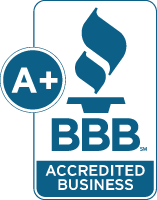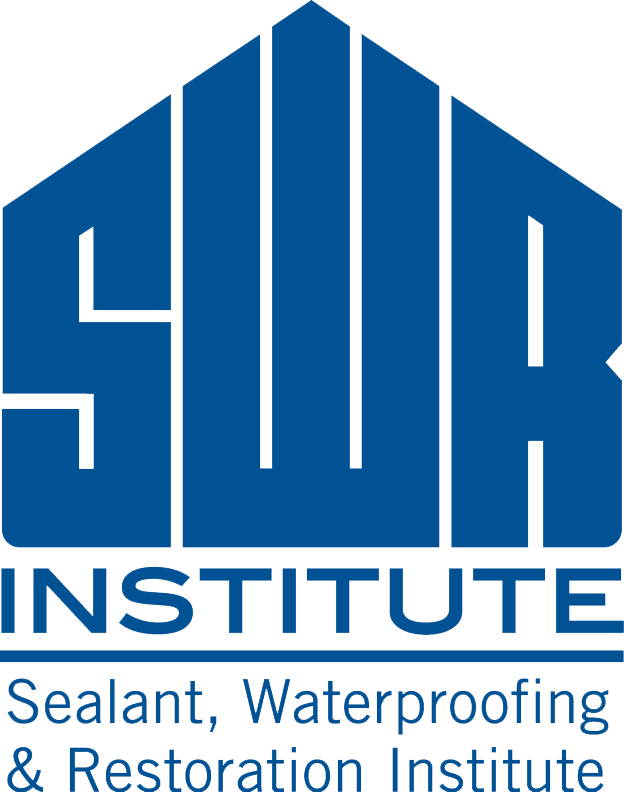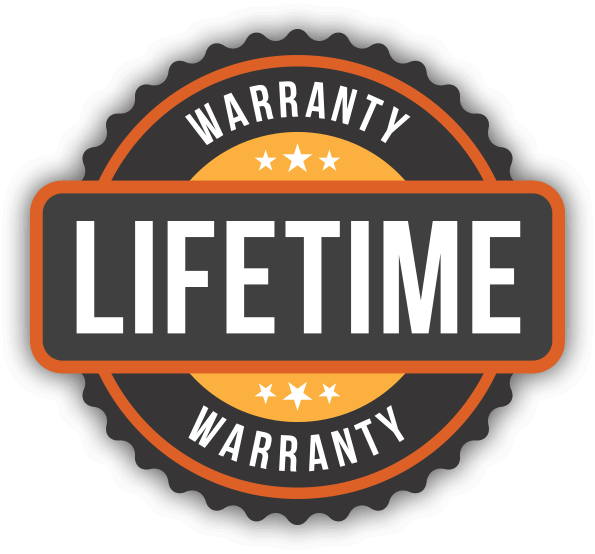Carbon Fiber Wall Repair Solutions
Carbon fiber is simply fiber made up of carbon. Carbon fibers have been found to be exceptionally strong, so that when the strands are woven, or run parallel with each other, they are significantly stronger than many other materials – like steel, for example. It is over 10 times stronger and over 40 times lighter than steel. It will never corrode like steel. In the 1960′s carbon fiber was successfully used in commercial production in the aerospace industry. It was used for military aircraft when better and lightweight material became important. Carbon fiber is designed for stabilizing both poured concrete and block walls. Because of its extreme strength to weight ratio, carbon fiber is the repair material choice for bowed basement walls.
What Are The Different Uses and Applications for Carbon Fiber?
Carbon fiber is ideally suited to applications where strength, stiffness, lower weight, and outstanding fatigue characteristics are important. Carbon fiber uses the same technology as is used to reinforce bomb shelters, sky scrapers and bridges. Carbon fiber for foundation repair is used when there is a horizontal crack or the wall is slightly bowed. It can also be used for cracks in floor slabs.
The technology for structural foundation repair is constantly improving. Steel I-beams have been used for the longest time to repair cracked, bowing or leaning foundation walls. This method is fairly intrusive and requires a lot of extra work if the space then needed to be finished. Steel I-beams are no longer the only choice. Carbon fiber requires no excavation and causes very little disruption of the basement. These carbon fiber sheets are more flexible than the I-beam, so it can be flexed to fit the contour of the wall.
How is Carbon Fiber Installed?
The installation of carbon fiber for foundation repair is simple. The area of the wall where a strip of carbon fiber is needed, is ground flat and high-strength epoxy is applied. The carbon fiber is embedded into this under pressure. The installation usually takes less than a day and can then be painted or you can drywall over it. Your foundation wall is now stabilized.
Since the strands are very strong and will not stretch, when it is bonded to a wall, the wall cannot stretch or move. Since the carbon fiber is bonded to the wall, it actually adds strength to the wall itself, making the wall stronger than it was before. This makes it a great material to use in wall crack repair or when you are fixing a bowing wall. The carbon fiber installs easily without the need for heavy equipment.
Carbon fiber has many advantages compared to similar fibers such as glass fibers or plastic fibers. Some of these advantages are:
- High Stiffness
- High tensile strength
- Low weight
- High chemical resistance
- High temperature tolerance
- Low thermal expansion
Carbon fiber is made through a complex process involving high heat that rearranges molecules requiring sophisticated equipment. Carbon fiber was just too expensive to produce to be viable for anything but the most critical applications for many years, like space shuttles, airplane wings, and repairs of bridges and commercial concrete structures. But more recently, more reasonable production costs and its incredible strength have opened the door to a host of new applications – and we’re seeing more and more carbon fiber based products in hundreds of everyday uses.
For homeowners and contractors, it’s a breath of fresh air. It is being used prior to basement remodeling projects so that homeowners can remodel with the assurance that their walls are solid. It is being used for all types of home foundation repairs, crawl space repairs, and foundation cracks that previously could not be repaired inexpensively, easily, or effectively. For more information on how carbon fiber repair can help in your application please contact for a free estimatetoday.







